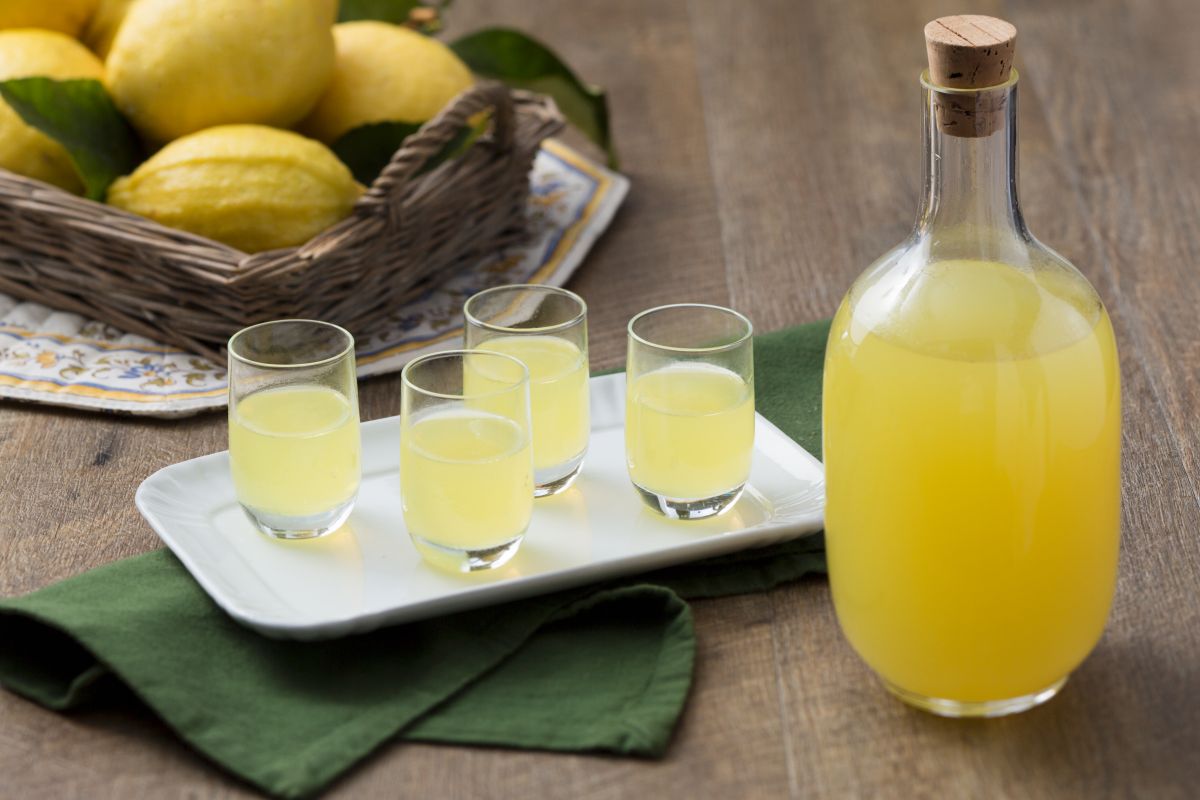

Articles
How To Store Limoncello – Once Opened
Modified: January 18, 2024
Learn how to properly store and preserve your homemade Limoncello after it has been opened. Read our helpful articles for valuable tips and techniques.
(Many of the links in this article redirect to a specific reviewed product. Your purchase of these products through affiliate links helps to generate commission for Storables.com, at no extra cost. Learn more)
Introduction
Welcome to the world of limoncello! This vibrant and refreshing Italian lemon liqueur has gained popularity all around the globe for its crisp citrus flavor and smooth finish. Whether you are a seasoned limoncello enthusiast or a newcomer to the world of Italian spirits, it’s essential to understand how to properly store limoncello once it has been opened.
Limoncello is made by steeping lemon zest in alcohol and then mixing it with a simple syrup. The bright yellow color and intense citrus aroma make it a delightful and versatile drink. You can enjoy limoncello straight, on the rocks, or as an ingredient in cocktails and desserts.
However, just like any other alcoholic beverage, limoncello has a limited shelf life, especially once the bottle has been opened. Factors such as exposure to air, temperature, and light can affect the quality and taste of the liqueur over time. By properly storing your opened limoncello, you can ensure that it retains its flavor and remains enjoyable for as long as possible.
In this article, we will explore the various factors that can impact the shelf life of limoncello, as well as the best practices for storing it once opened. Whether you have a bottle of homemade limoncello or a commercially-produced one, these storage techniques will help you make the most of your liqueur.
Key Takeaways:
- Properly storing opened limoncello is crucial to maintaining its vibrant flavors. Factors like air exposure, temperature, and light can impact its shelf life, so follow recommended techniques to preserve its quality.
- Whether in the refrigerator or freezer, proper storage is key to enjoying limoncello to its fullest. Use fresh lemons, high-quality alcohol, and avoid strong odors to maintain its delightful flavor.
Read more: How To Store Vodka Once Opened
Understanding Limoncello
Limoncello is a traditional Italian liqueur that hails from the stunning Amalfi Coast and the Isle of Capri. It is famously known for its tangy lemon flavor and vibrant yellow hue. The main ingredients used in limoncello are lemon zest, alcohol (typically vodka or grain alcohol), and a sweetener such as simple syrup.
The process of making limoncello begins by steeping lemon zest in alcohol for several weeks. This allows the essential oils from the lemon peel to infuse into the alcohol, giving the liqueur its distinctive citrus fragrance and flavor. After the steeping process, the mixture is strained, and simple syrup – a mixture of sugar and water – is added to balance the tartness of the lemon. The result is a sweet and tangy liqueur with a refreshing taste that is best served chilled.
Due to its high alcohol content and sweet profile, limoncello is often enjoyed as a digestif. It is traditionally served in small, chilled glasses after a meal to aid digestion and cleanse the palate. However, it has also gained popularity as an ingredient in cocktails, desserts, and even savory dishes.
When it comes to the alcohol content of limoncello, it typically ranges from 25% to 30% ABV (alcohol by volume), which is similar to other liqueurs. This moderate alcohol content contributes to the smooth and mellow character of the liqueur.
Limoncello has a long-standing history in Italy, with its origins dating back to the early 19th century. It was first produced in the Southern regions of Italy, where lemons grow abundantly. The traditional recipe has been passed down through generations, and many families continue to make their own homemade limoncello using age-old methods and secret family recipes.
Today, limoncello is not only enjoyed in Italy but has also become popular worldwide. It is often regarded as a symbol of Italian culture and is a staple in Italian restaurants and bars worldwide. Whether you prefer the authentic homemade variety or opt for a commercial brand, proper storage is crucial to maintaining the quality and flavor of limoncello over time.
Factors that Affect Limoncello’s Shelf Life
There are several factors that can impact the shelf life of limoncello, especially once the bottle has been opened. Understanding these factors will help you store your limoncello properly and prevent it from spoiling or losing its flavor. Here are the key factors to consider:
- Air Exposure: When a bottle of limoncello is opened, it comes into contact with air. Exposure to oxygen can cause oxidation, which can negatively affect the flavor and quality of the liqueur. It is important to minimize air exposure as much as possible to prolong the shelf life of your limoncello.
- Temperature: Temperature plays a significant role in the longevity of limoncello. High temperatures can accelerate the oxidation process, leading to a decrease in flavor and aroma. It is best to store your limoncello in a cool and dark place to maintain its freshness.
- Light: Limoncello is sensitive to light, especially sunlight and UV rays. Exposure to light can cause the breakdown of certain compounds in the liqueur, leading to off-flavors and a decrease in quality. It is advised to store your limoncello in a dark bottle and keep it away from direct light sources.
- Quality of Ingredients: The quality of the lemons used and the alcohol base can also impact the shelf life of limoncello. Fresh, high-quality lemons with thick and aromatic peels will yield a better flavor. Similarly, using a good quality alcohol base will contribute to a smoother and more enjoyable liqueur.
- Time Since Opening: The longer a bottle of limoncello is opened, the more it is exposed to air, temperature variations, and light. Over time, these factors can gradually degrade the quality and taste of the liqueur. It is recommended to consume opened limoncello within a reasonable timeframe.
By understanding these factors, you can take the necessary steps to ensure the optimal storage conditions for your opened limoncello. This will help extend its shelf life and preserve the vibrant flavors and aromas that make limoncello so delightful.
Proper Storage Techniques for Opened Limoncello
To maintain the freshness and flavor of your opened limoncello, it is important to store it properly. Here are some key storage techniques to follow:
- Seal the Bottle Properly: After each use, make sure to tightly seal the bottle to minimize air exposure. Airtight closures such as screw caps or cork stoppers are ideal for preserving the quality of the liqueur. Avoid using pour spouts or other open pourers that allow air to enter the bottle.
- Store in a Cool and Dark Place: Heat and light can accelerate the oxidation process and degrade the quality of limoncello. Therefore, it is advisable to store your opened bottle of limoncello in a cool and dark place, such as a cupboard or pantry. This will help maintain a stable temperature and minimize exposure to light.
- Avoid Temperature Fluctuations: Rapid temperature changes can negatively impact the flavor and aroma of limoncello. It is best to store the bottle in an area that is not prone to significant temperature fluctuations, such as near a heating vent or in direct sunlight.
- Consider Using a Wine Preserver: If you have a large bottle of limoncello and anticipate that it will take a while to consume, consider using a wine preserver. Wine preservers are designed to remove oxygen from the bottle, effectively reducing oxidation and prolonging the freshness of the liqueur.
- Label the Bottle with Date: To keep track of how long your opened limoncello has been stored, it is helpful to label the bottle with the date it was opened. This will ensure that you can track its shelf life and consume it within a reasonable timeframe.
By following these storage techniques, you can extend the shelf life of your opened limoncello and preserve its vibrant flavors. Remember, proper storage is key to ensuring that you can continue to enjoy this delightful Italian liqueur to its fullest.
Storing Limoncello in the Refrigerator
The refrigerator is an excellent option for storing opened limoncello, as it provides a controlled environment and helps maintain a stable temperature. Here are some steps to properly store your limoncello in the refrigerator:
- Ensure a Sealed Bottle: Before placing the limoncello in the refrigerator, make sure the bottle is tightly sealed to prevent air exposure and keep the liqueur fresh.
- Select an Appropriate Shelf: Choose a shelf in the refrigerator that is not subjected to frequent movement or temperature fluctuations. This will help maintain a consistent cool temperature and protect the limoncello from potential damage.
- Avoid the Freezer Compartment: While it may be tempting to store limoncello in the freezer compartment to keep it extra cold, the lower temperature can affect the flavor and texture of the liqueur. It is best to stick to the main refrigerator section for optimal storage.
- Protect from Light: If the bottle is transparent, you should consider placing it in a brown paper bag or wrapping it with aluminum foil to shield it from light exposure. Light can degrade the quality of limoncello, so it’s important to take this precaution.
- Keep Away from Strong Odors: Limoncello has a delicate flavor profile, so it can easily absorb strong odors from other foods in the refrigerator. Store the bottle away from pungent ingredients to maintain the pure taste of the liqueur.
- Monitor the Shelf Life: While storing limoncello in the refrigerator can help prolong its shelf life, it is essential to monitor the bottle’s freshness. Opened limoncello is best consumed within 1 to 2 years for optimal flavor.
By following these guidelines, you can store your opened limoncello in the refrigerator and ensure that it stays fresh and delicious. Remember, a cool and dark environment is key to preserving the vibrant flavors and aromas of this delightful Italian liqueur.
Store opened limoncello in a cool, dark place away from direct sunlight and heat. Keep the bottle tightly sealed to maintain its flavor and quality.
Read more: How To Store Jam Once Opened
Storing Limoncello in the Freezer
If you prefer your limoncello extra chilled or want to prolong its shelf life, storing it in the freezer is a viable option. However, there are some important considerations to keep in mind when storing limoncello in the freezer:
- Choose the Right Bottle: It’s crucial to use a bottle that is freezer-safe and can withstand the lower temperatures without cracking or breaking. Glass bottles are typically suitable for freezing, but it’s a good idea to check the manufacturer’s guidelines to be sure.
- Ensure Proper Sealing: Before placing the limoncello in the freezer, make sure the bottle is tightly sealed to prevent air exposure. This will help maintain the quality and flavor of the liqueur during freezing.
- Allow Room for Expansion: Alcohol expands when frozen, so it’s important to leave some empty space at the top of the bottle to accommodate expansion without causing the bottle to crack.
- Freeze in an Upright Position: Store the limoncello bottle in an upright position to prevent leakage and ensure even freezing. This will help maintain the integrity of the liqueur and prevent any potential damage.
- Thaw Before Serving: When you’re ready to enjoy your limoncello, remove it from the freezer and let it thaw in the refrigerator for a few hours. This allows the liqueur to return to its liquid state and ensures optimal flavor and texture.
- Monitor the Shelf Life: While freezing can extend the shelf life of limoncello, it is important to monitor the bottle’s freshness. Even when stored in the freezer, opened limoncello is best consumed within 2 to 3 years for optimal flavor.
Storing limoncello in the freezer can be a great option for keeping it chilled and preserving its quality over an extended period. However, it’s worth noting that freezing may slightly alter the texture of the liqueur, resulting in a thicker consistency. Nevertheless, the flavor and overall enjoyment of the limoncello should not be significantly affected.
Remember, always use a freezer-safe bottle, properly seal the bottle, and allow thawing time before serving to fully enjoy the delightful flavors of your limoncello.
Tips for Maintaining Limoncello’s Flavor and Quality
To ensure that your limoncello remains flavorful and of high quality, here are some tips to keep in mind:
- Use Fresh Lemons: When making homemade limoncello, use fresh and ripe lemons with thick and aromatic peels. The quality of the lemons directly impacts the flavor of the limoncello, so it’s important to choose the best ones available.
- Choose a High-Quality Alcohol Base: Whether you’re making homemade limoncello or purchasing a commercial brand, opt for a high-quality alcohol base. A good quality vodka or grain alcohol will contribute to a smoother and more enjoyable liqueur.
- Store in a Cool, Dark, and Dry Place: Proper storage is essential to maintain limoncello’s flavor and aroma. Store the bottle in a cool, dark, and dry place away from direct sunlight, heat, and humidity. This will help prevent flavor degradation and preserve the quality of the liqueur.
- Avoid Strong Odors: Limoncello has a delicate flavor that can absorb odors from surrounding foods. Keep the bottle away from strong-smelling ingredients to ensure the pure taste of the liqueur.
- Minimize Air Exposure: Limit the amount of air that comes into contact with the limoncello to prevent oxidation. Ensure the bottle is tightly sealed after each use and avoid using pour spouts or open pourers that allow for air exposure.
- Consume Within a Reasonable Timeframe: While properly stored and sealed limoncello can last for an extended period, it’s best to consume it within a reasonable timeframe for optimal flavor. Opened limoncello is typically best consumed within 1 to 2 years.
- Use Freshly Squeezed Lemon Juice: If you’re using lemon juice in cocktails or recipes that call for limoncello, it’s best to use freshly squeezed lemon juice. This will enhance the flavor and maintain the authenticity of the citrus profile in the drink.
- Experiment with Cocktails and Desserts: Limoncello is a versatile liqueur that can be used in a variety of cocktails, desserts, and even savory dishes. Experiment with different recipes and explore the creative possibilities to fully appreciate the flavors of limoncello.
By following these tips, you can ensure that your limoncello remains flavorful and of high quality. Whether you’re savoring it on its own or incorporating it into various culinary creations, maintaining the integrity of the liqueur is key to enjoying the essence of Italy’s beloved lemon liqueur.
Frequently Asked Questions (FAQs)
Here are some common questions about storing and maintaining limoncello:
- Can I store limoncello at room temperature?
- How long does an opened bottle of limoncello last?
- Can I freeze limoncello?
- Should I keep limoncello in the refrigerator or freezer?
- How can I tell if limoncello has gone bad?
- Can I store homemade limoncello differently from store-bought limoncello?
- Can I use opened limoncello in cocktails and recipes?
While it is possible to store limoncello at room temperature, it is best to store opened bottles in a cool and dark place to prolong its shelf life and maintain its flavor. Exposing limoncello to heat and light can negatively impact its quality.
An opened bottle of limoncello can last for 1 to 2 years when stored properly. However, it is advisable to consume it within a reasonable timeframe to enjoy the freshest taste.
Yes, you can freeze limoncello to keep it extra chilled or extend its shelf life. Ensure that the bottle is freezer-safe, properly sealed, and allow for some empty space for expansion. Thaw the liqueur in the refrigerator before serving.
Both options are viable, depending on your preference. Storing limoncello in the refrigerator keeps it cool and helps maintain its flavor. Freezing limoncello can both chill the liqueur and extend its shelf life. Choose the storage method that suits your needs.
If limoncello develops an off odor, unusual color, or a significant change in taste, it may have gone bad. Check for any signs of mold or cloudiness in the liquid. If in doubt, it is best to err on the side of caution and discard the liqueur.
The storage principles for homemade and store-bought limoncello are generally the same. Proper sealing, cool and dark storage, and minimizing air exposure are key for both. However, homemade limoncello may have slight variations in flavor, so monitoring its freshness is crucial.
Absolutely! Opened limoncello can be used in a variety of cocktails, desserts, and savory recipes to add a burst of lemony flavor. It can enhance the taste of cocktails and provide a vibrant citrus twist to various culinary creations.
If you have any other questions or concerns about storing or maintaining limoncello, it’s always best to refer to the manufacturer’s recommendations or consult with a knowledgeable source.
Conclusion
Limoncello is a delightful Italian liqueur known for its zesty lemon flavor and vibrant yellow hue. To ensure that your limoncello remains fresh and enjoyable, proper storage techniques are essential. Factors such as air exposure, temperature, light, and the quality of ingredients can affect the longevity and quality of your limoncello.
By following the recommended storage techniques, including sealing the bottle properly, storing it in a cool and dark place, and minimizing air exposure, you can extend the shelf life of your opened limoncello. Storing it in the refrigerator or freezer is also an option, depending on your preference for serving temperature or prolonging the shelf life.
It is important to monitor the bottle’s freshness and consume opened limoncello within a reasonable timeframe to ensure optimal flavor. Consider using fresh lemons, high-quality alcohol, and avoiding strong odors near the bottle to enhance the taste of your limoncello.
Whether you’re enjoying limoncello on its own, using it in cocktails, or incorporating it into recipes, maintaining its flavor and quality will enhance your experience. Explore the versatility of limoncello and experiment with different serving options to savor the unique flavors it offers.
Remember, proper storage and care are key to preserving the essence of this beloved Italian liqueur. By following these tips and guidelines, you can enjoy the refreshing and delightful taste of limoncello for as long as possible.
Frequently Asked Questions about How To Store Limoncello - Once Opened
Was this page helpful?
At Storables.com, we guarantee accurate and reliable information. Our content, validated by Expert Board Contributors, is crafted following stringent Editorial Policies. We're committed to providing you with well-researched, expert-backed insights for all your informational needs.
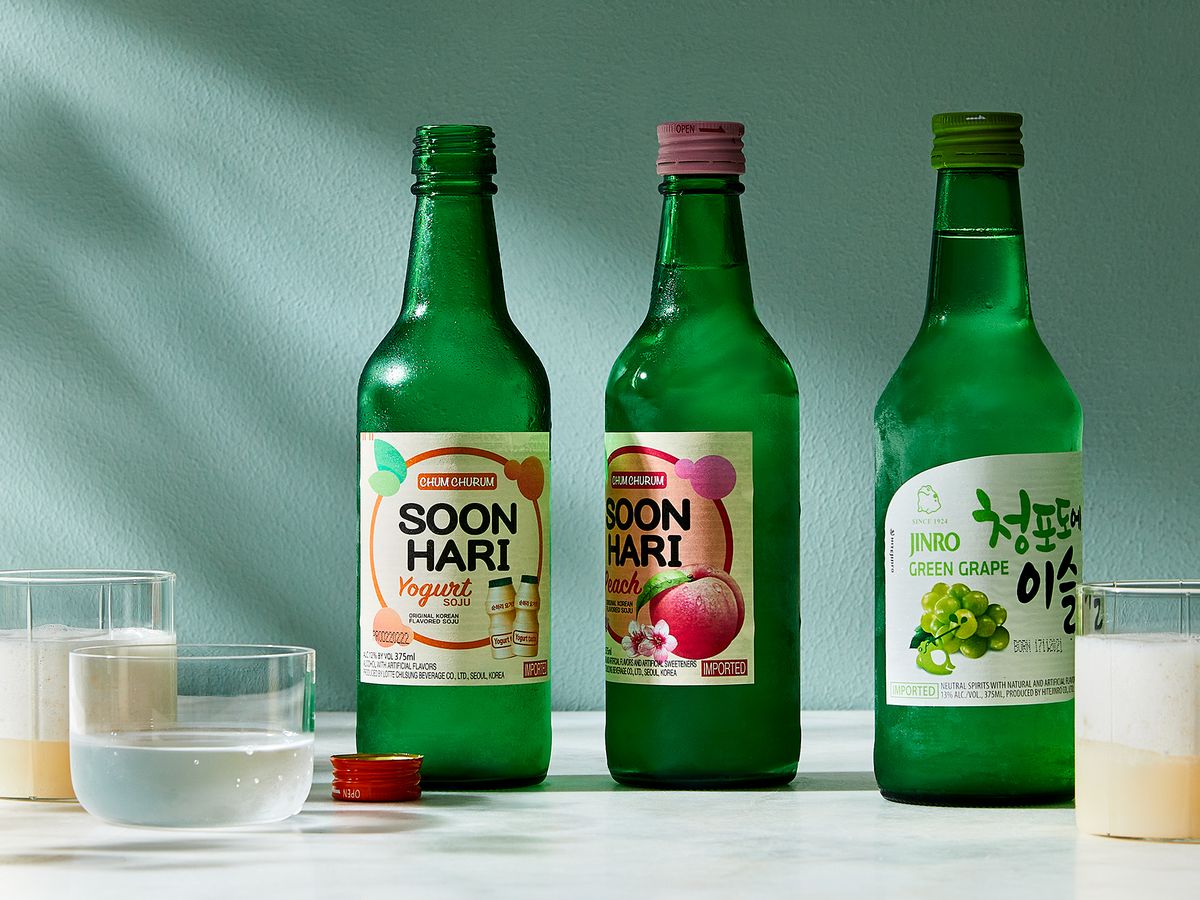
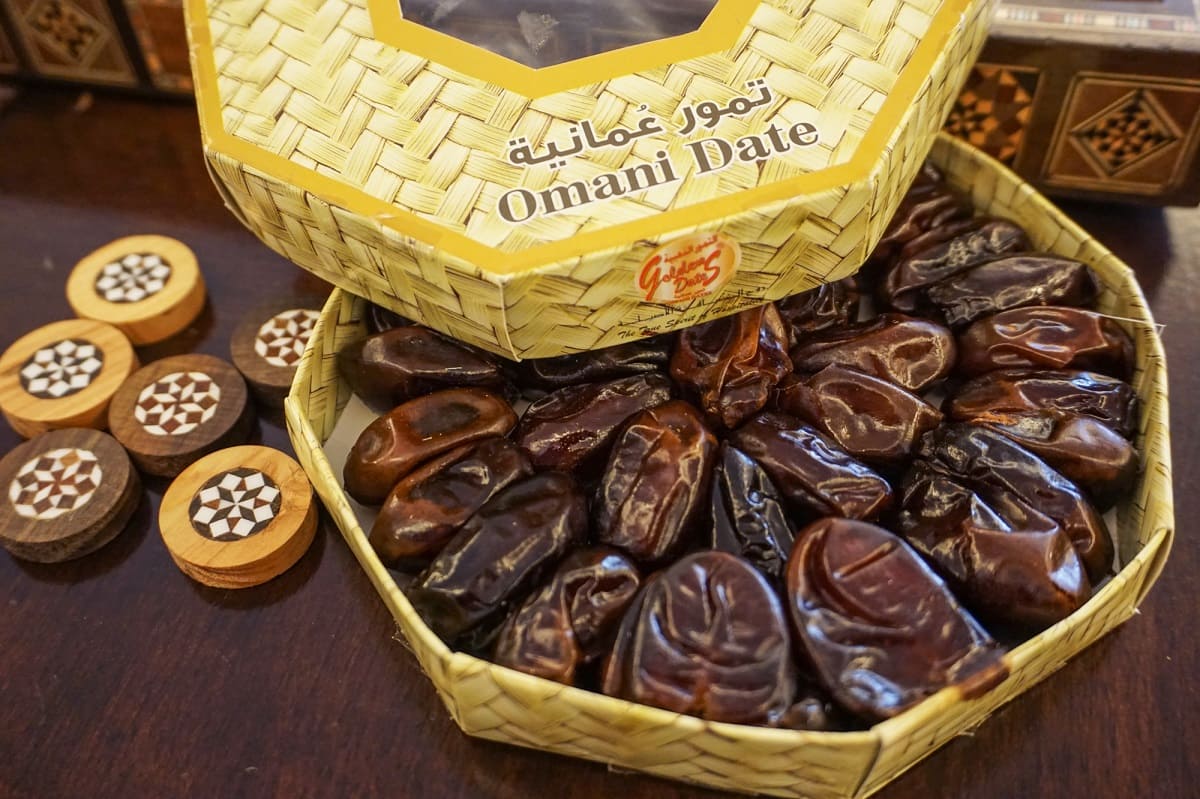

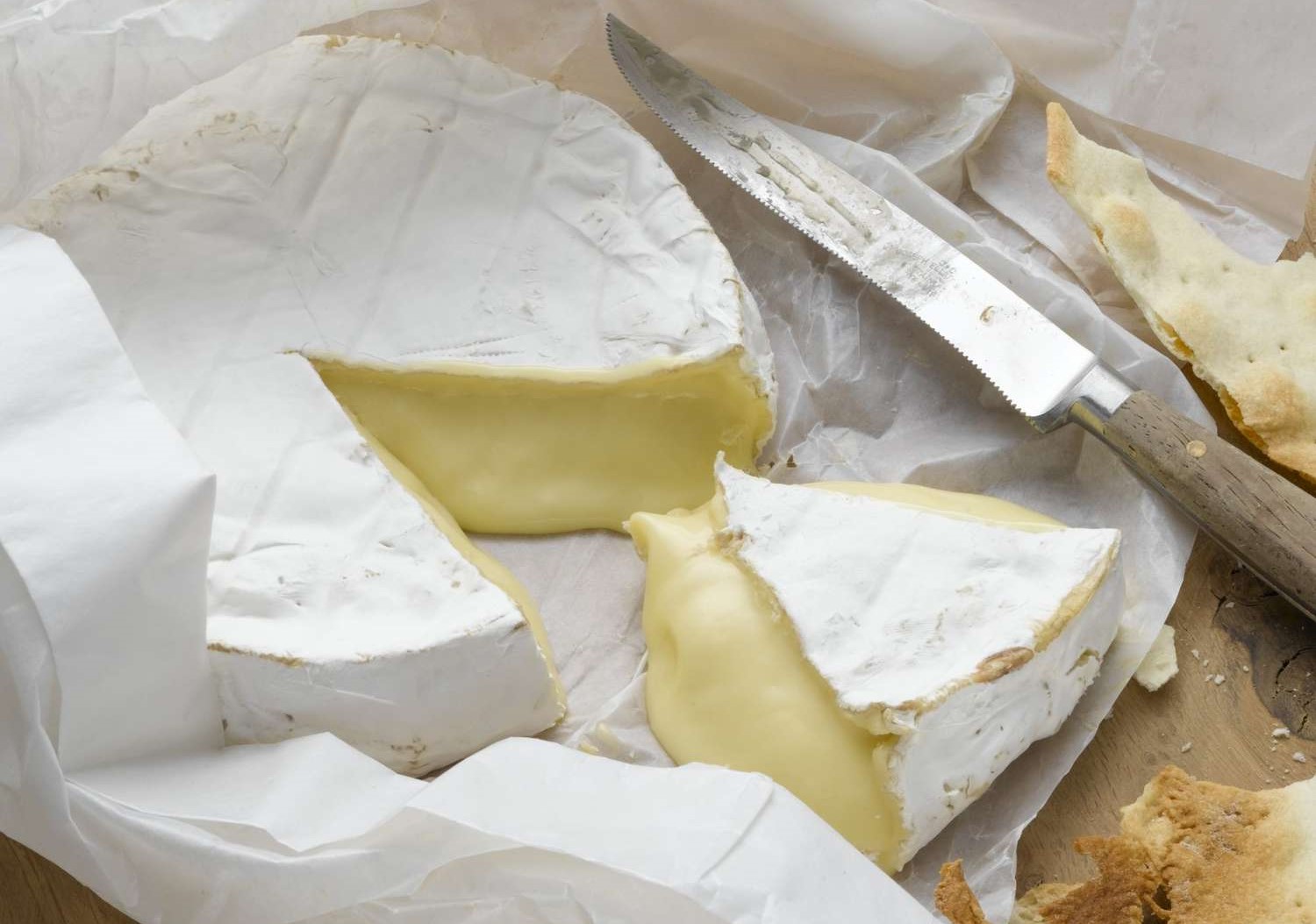
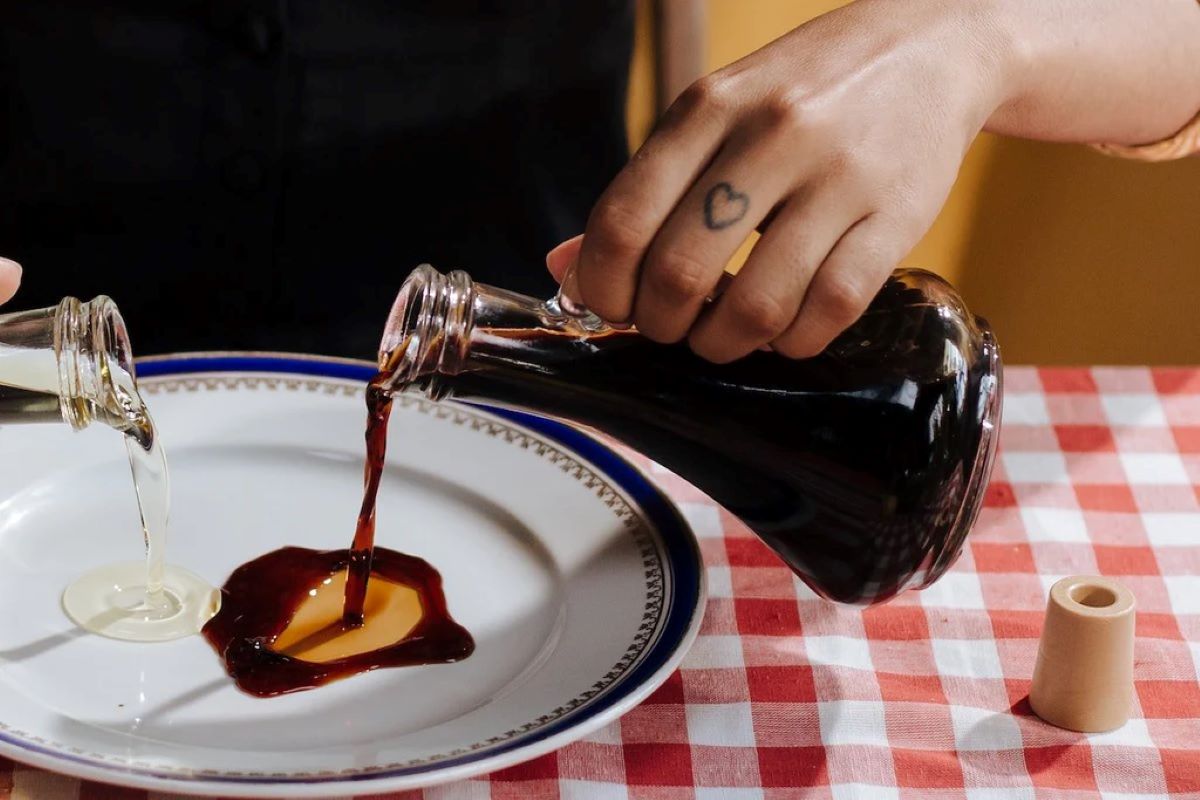
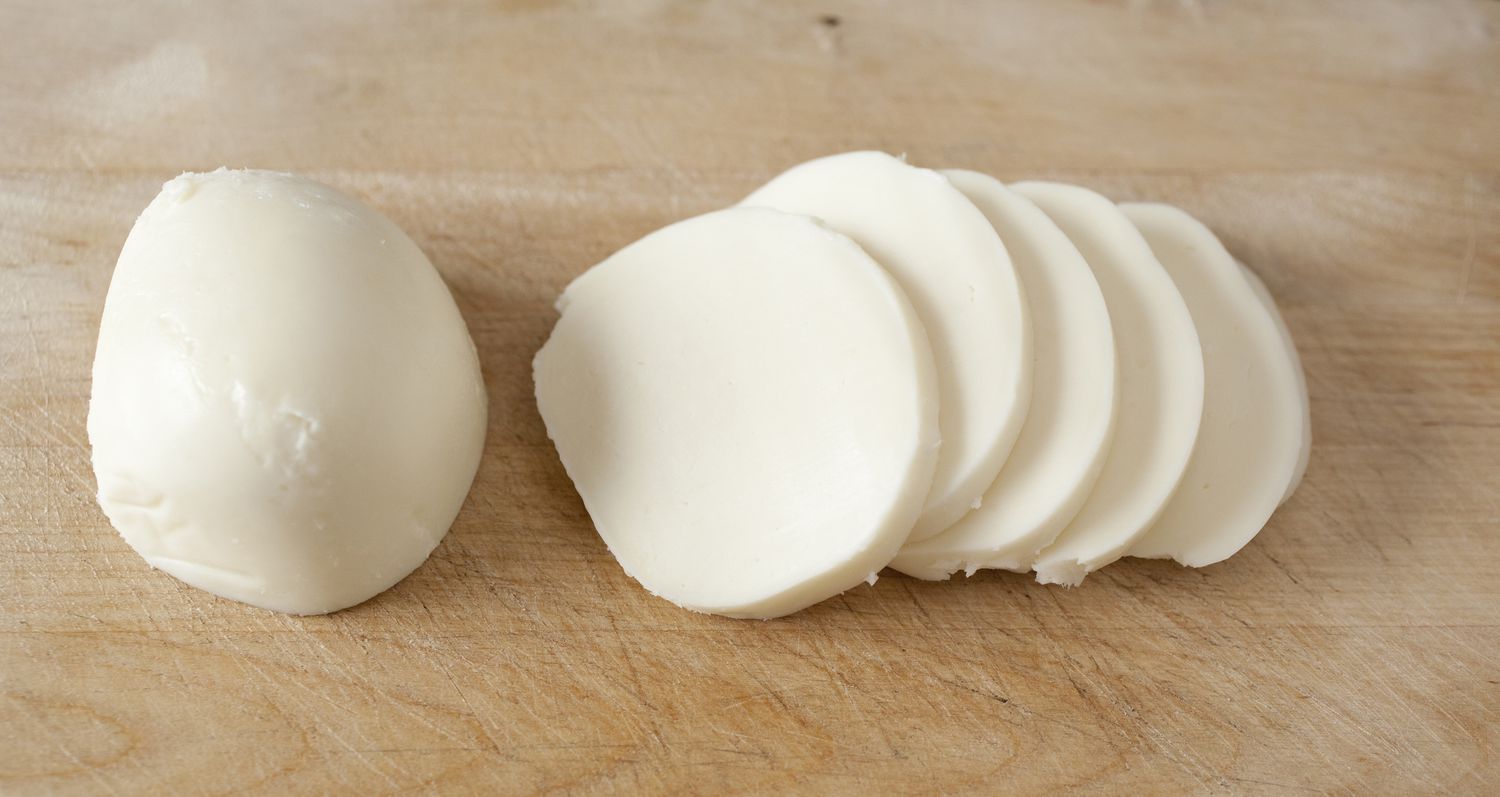
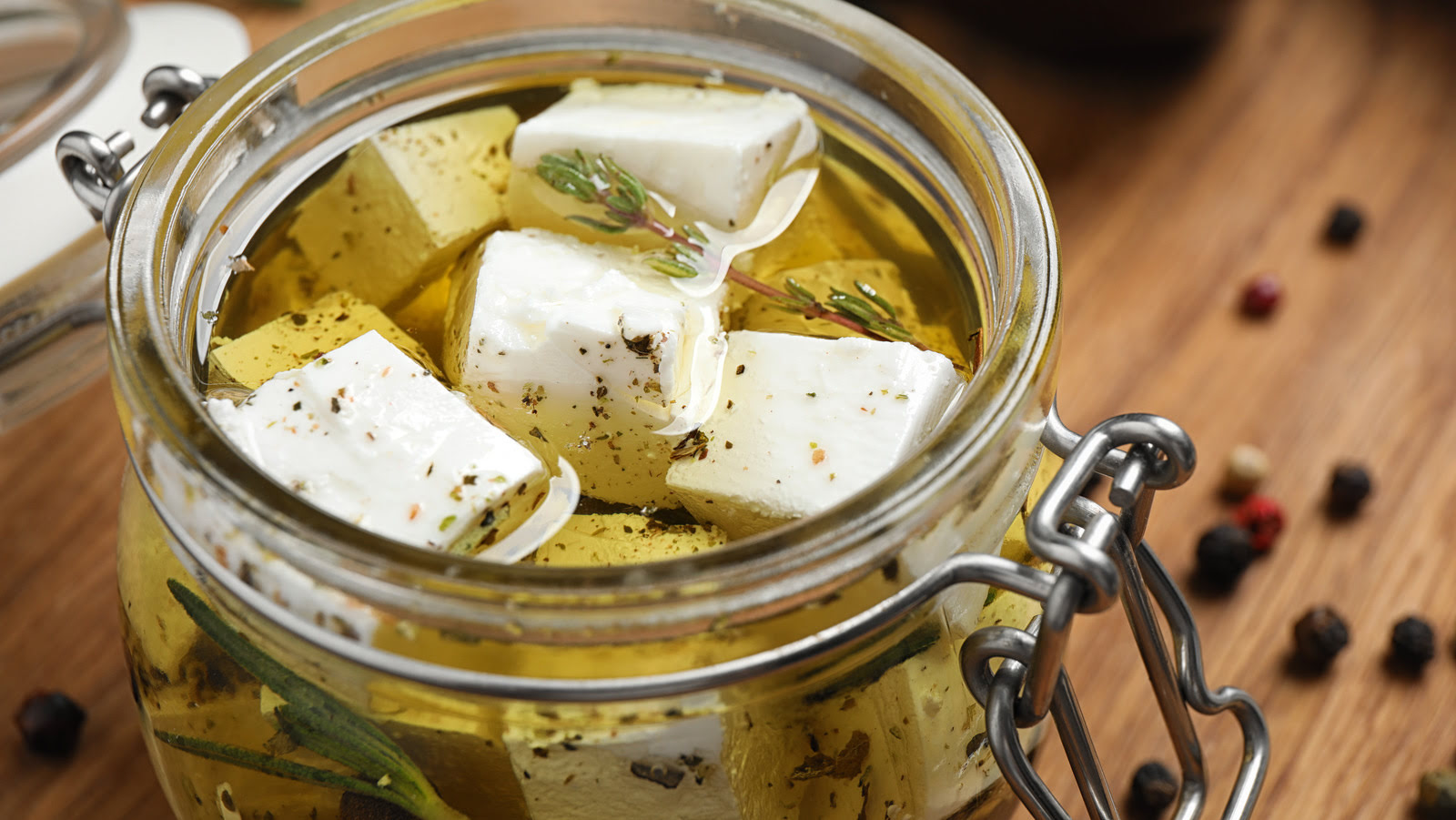
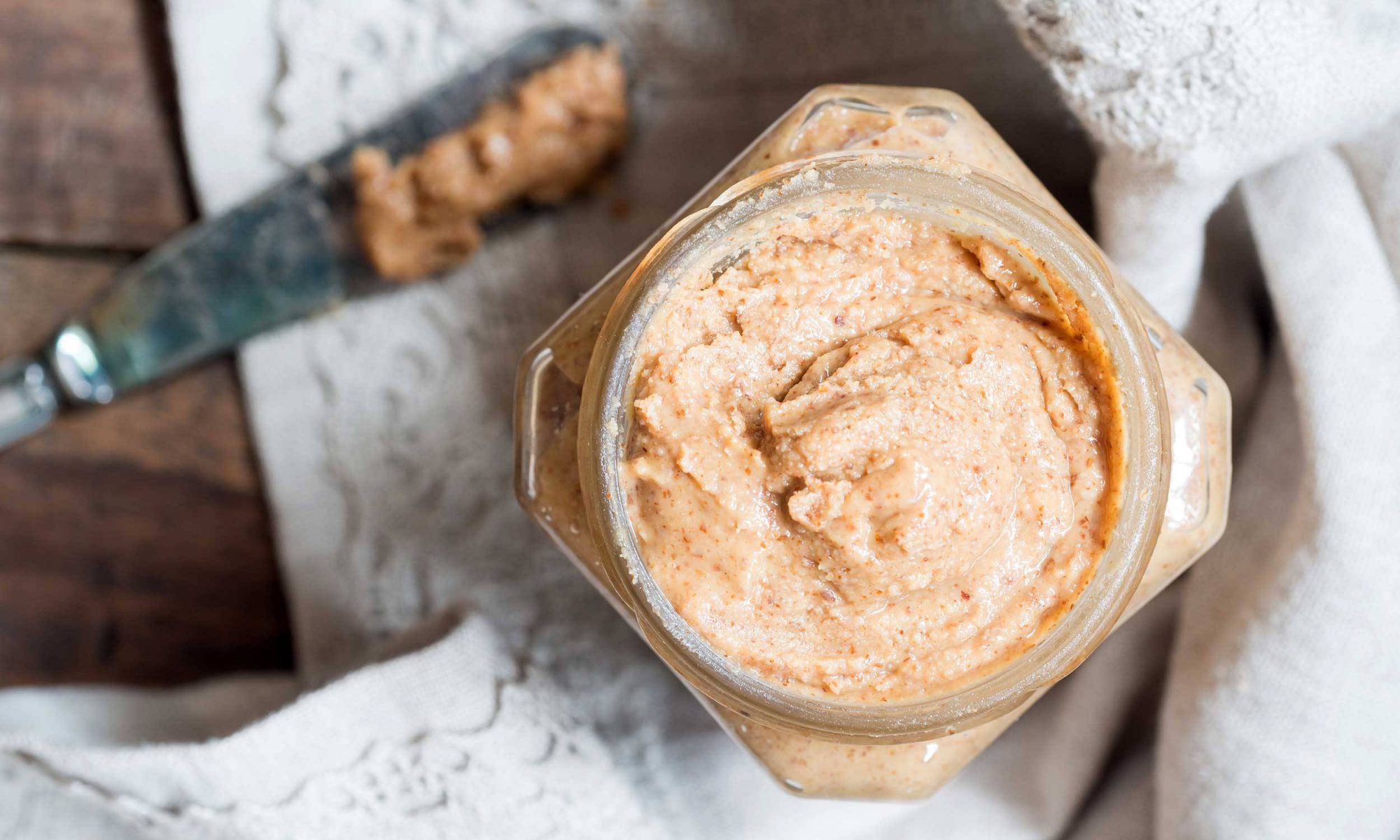
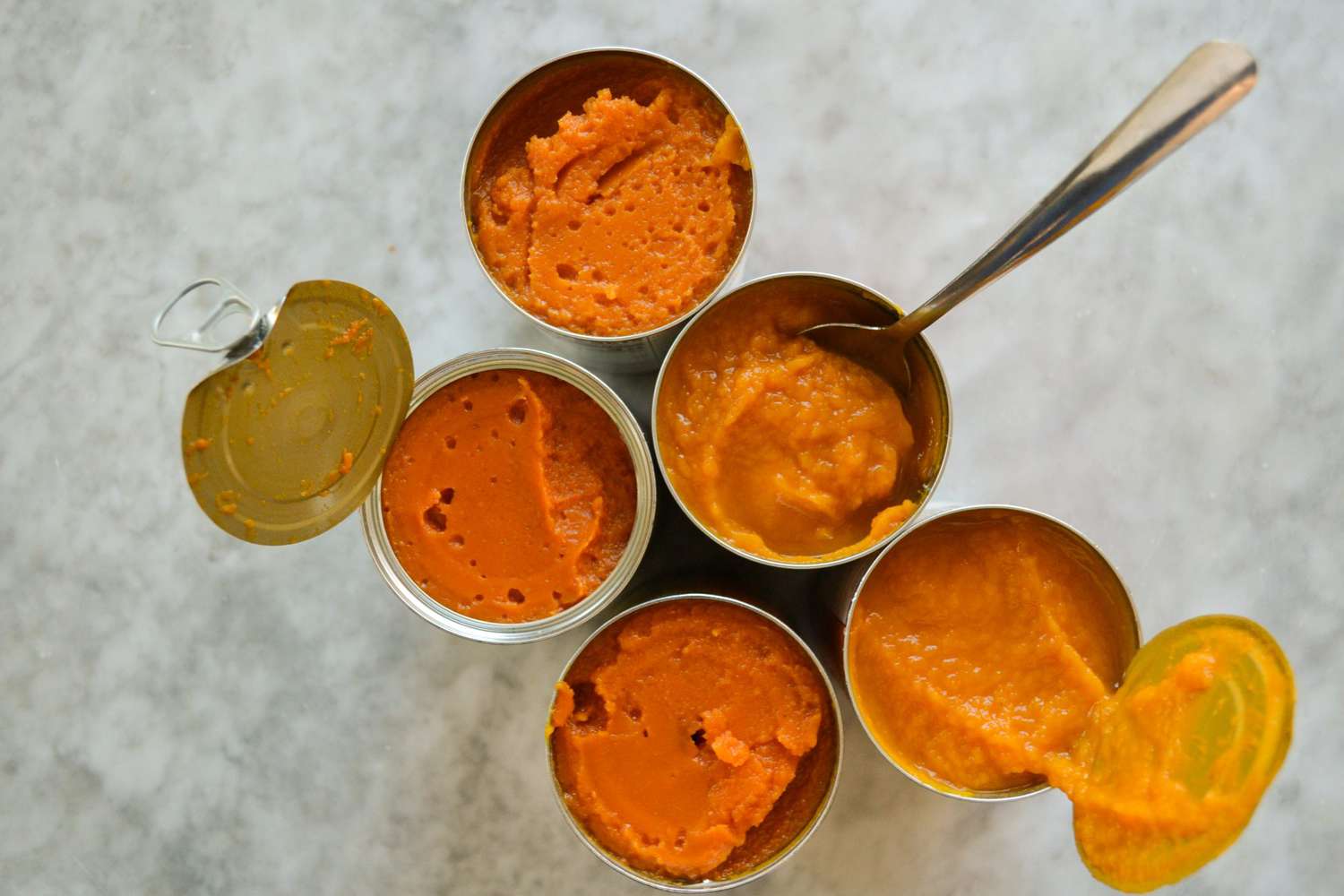
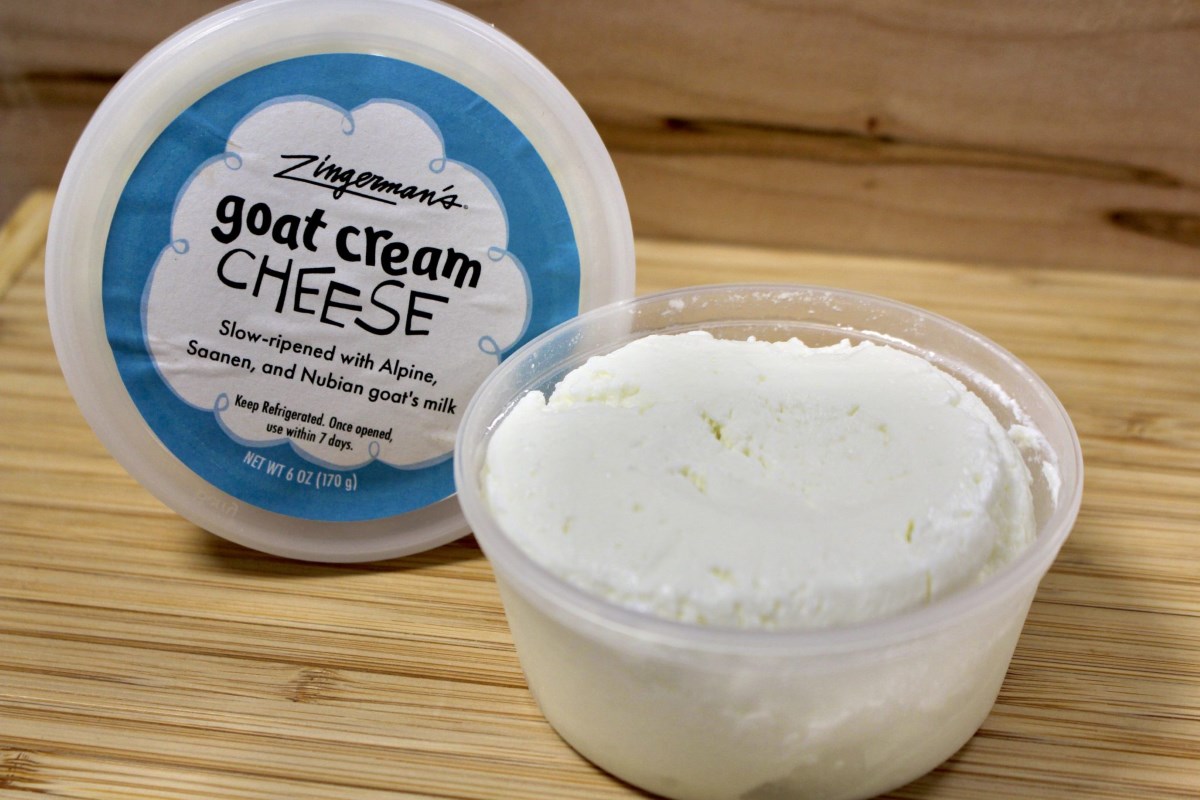
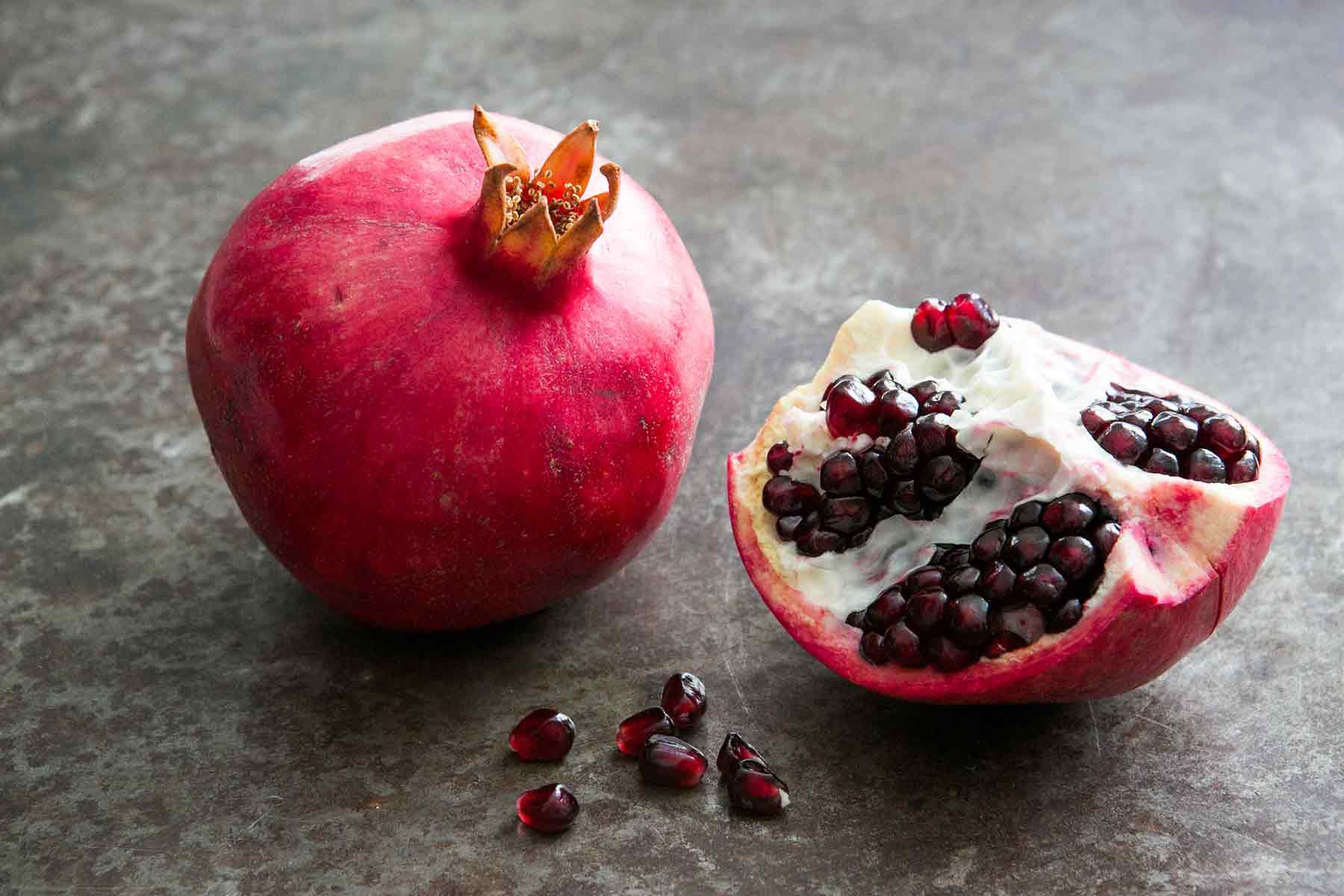
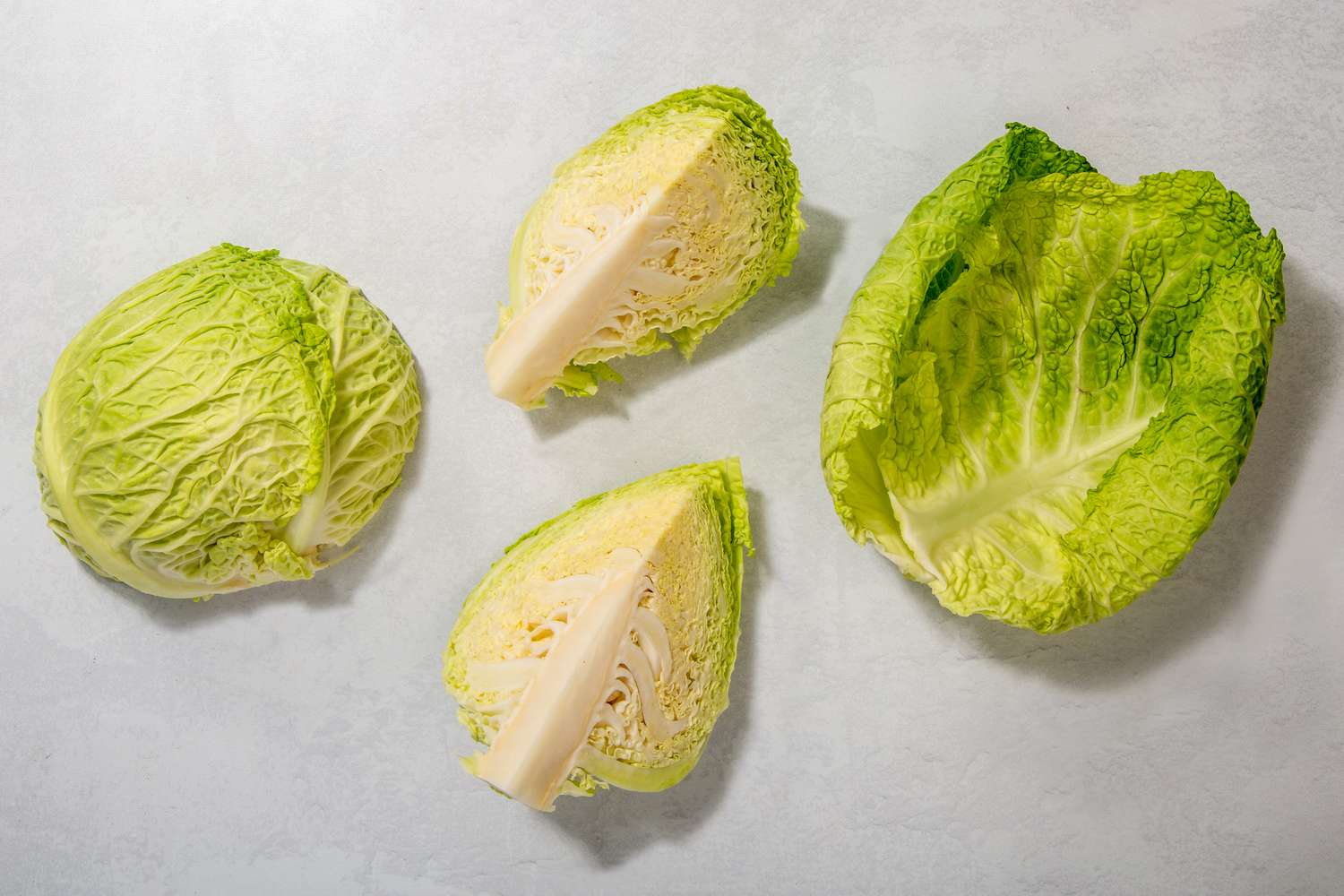
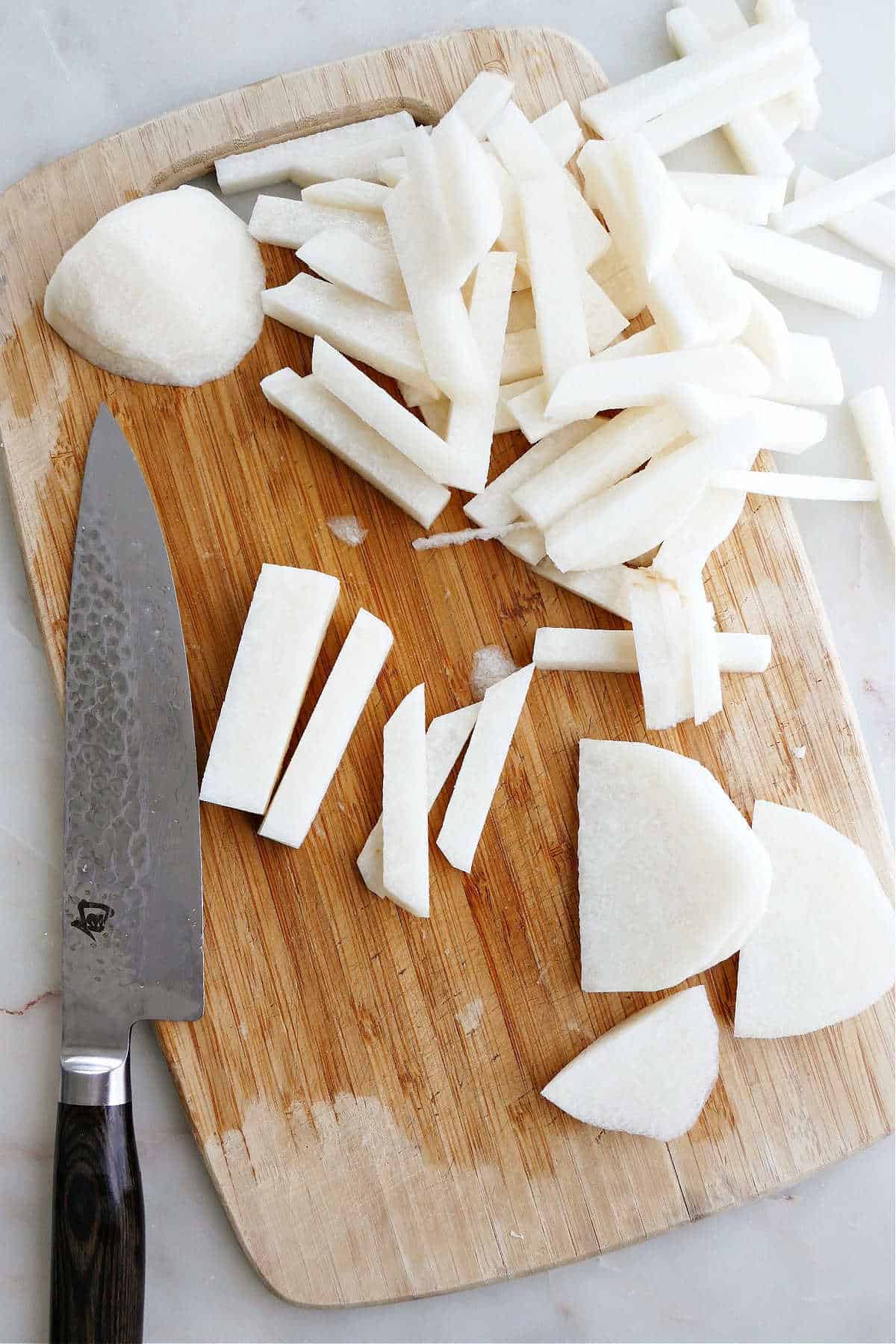
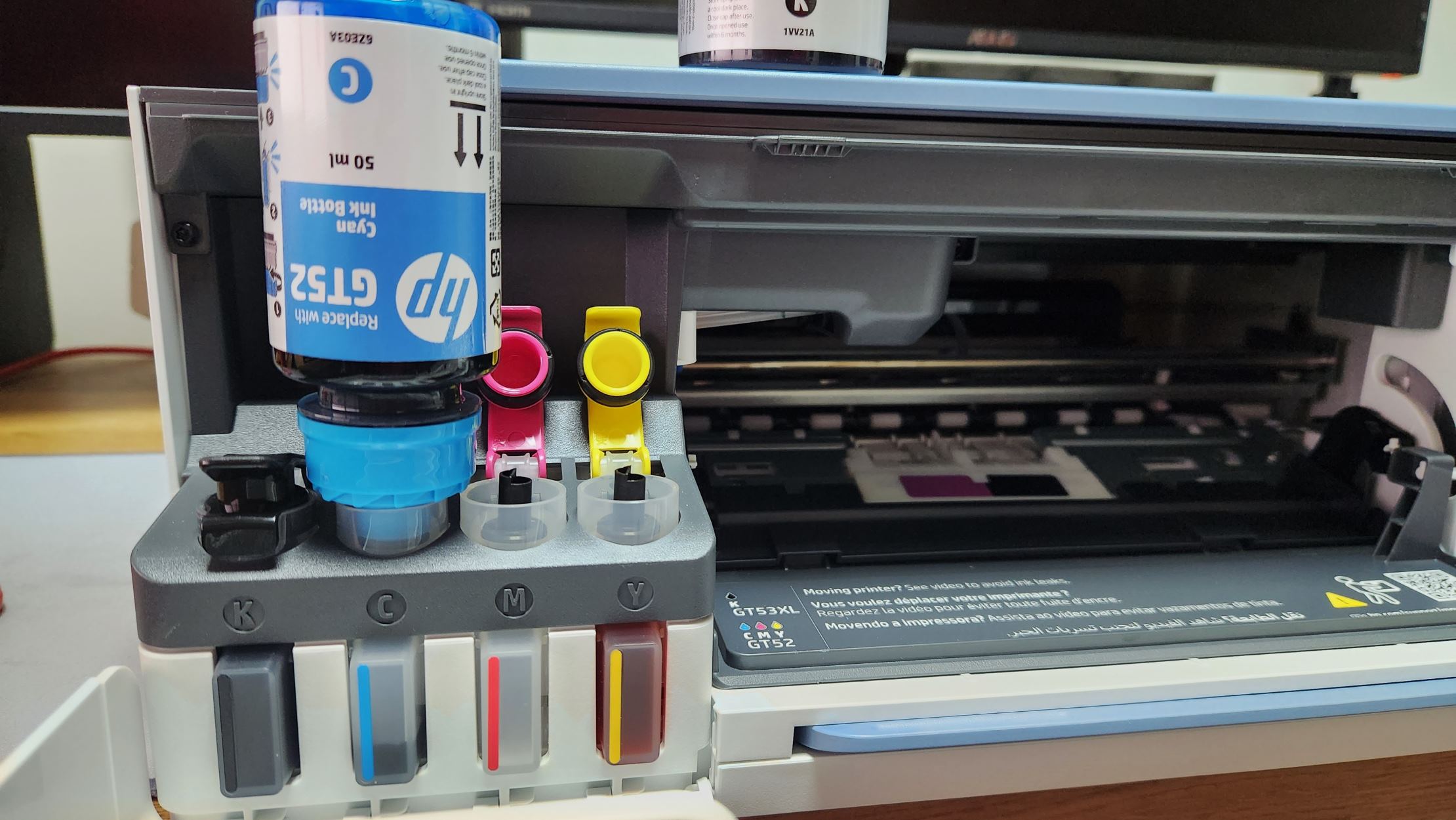

0 thoughts on “How To Store Limoncello – Once Opened”